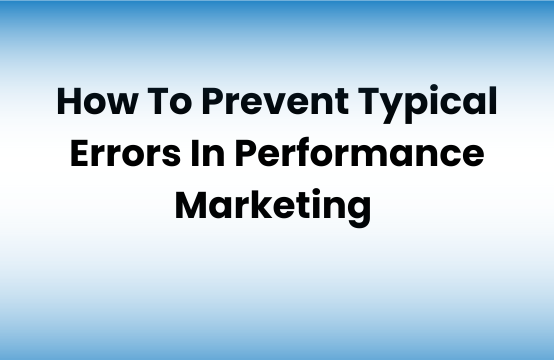As technology evolves and consumer behavior shifts, performance marketing is undergoing significant transformations. To stay competitive and effective, marketers must stay abreast of emerging trends and adapt their strategies accordingly. These are the major themes that will influence performance marketing going forward.
1. Artificial Intelligence and Machine Learning
Artificial intelligence (AI) and machine learning (ML) are revolutionizing performance marketing by enabling more precise targeting, personalization, and optimization. AI can analyze vast amounts of data to predict consumer behavior, automate bidding strategies, and personalize content in real-time.
- Predictive Analytics: AI-powered tools can forecast which leads are most likely to convert, allowing marketers to focus their efforts on high-potential prospects.
- Dynamic Creative Optimization (DCO): AI can create and test multiple ad variations in real-time, selecting the best-performing versions for each user.
2. Enhanced Attribution Models
As the customer journey becomes more complex, advanced attribution models are crucial for understanding which touchpoints drive conversions. Multi-touch attribution (MTA) and data-driven attribution (DDA) models provide a more accurate picture of the customer journey, helping marketers allocate their budgets more effectively.
- Multi-Touch Attribution (MTA): MTA considers all interactions a consumer has with a brand before converting, giving credit to each touchpoint.
- Data-Driven Attribution (DDA): DDA uses machine learning to analyze the impact of each touchpoint, providing a dynamic and accurate attribution model.
3. Growth of Voice Search
With the increasing adoption of smart speakers and voice assistants, voice search is becoming a significant channel for performance marketing.
- Natural Language Processing (NLP): NLP enables better understanding of voice queries, allowing for more effective targeting and content creation.
- Voice Search Optimization: Marketers need to optimize their content for voice search by focusing on long-tail keywords and conversational phrases.
4. Rise of Video Marketing
Video content continues to dominate online engagement, making it a critical component of performance marketing strategies. Short-form & interactive video ads are becoming increasingly popular.
- Short-Form Videos: Platforms like TikTok and Instagram Reels have popularized short, engaging video content that captures audience attention quickly.
- Live Streaming: Live streaming on social media platforms allows brands to interact with their audience in real-time, fostering engagement and trust.
5. Privacy and Data Security
With growing concerns about data privacy, regulations like GDPR and CCPA are shaping how marketers collect, store, and use consumer data. Respecting these rules is necessary to keep the confidence of customers and stay out of trouble with the law.
- Data Minimization: Collect only the data necessary for your marketing efforts to reduce risk and comply with privacy regulations.
- Transparent Data Practices: Be transparent with consumers about how their data is used and provide easy options for them to manage their preferences.
6. Increased Focus on Customer Experience
As competition intensifies, delivering an exceptional customer experience (CX) is more important than ever. Personalization, seamless omnichannel experiences, and responsive customer service are key to retaining customers and driving conversions.
- Personalization: Use data to create personalized experiences for each customer, from tailored recommendations to customized email campaigns.
- Omnichannel Marketing: Ensure a consistent and seamless experience across all channels, whether online or offline.
7. Expansion of Programmatic Advertising
Programmatic advertising automates the buying and selling of digital ads, allowing for more efficient and effective ad placements. The use of real-time data and AI-driven decision-making enhances targeting and maximizes ROI.
- Real-Time Bidding (RTB): RTB allows for instant buying and selling of ad impressions, ensuring ads reach the right audience at the right time.
- Programmatic Direct: This approach combines the efficiency of programmatic with the control of direct deals, offering premium ad placements.
The future of performance marketing is being shaped by advancements in technology, changing consumer behavior, and evolving regulatory landscapes. By staying informed about these trends and adapting your strategies accordingly, you can stay ahead of the competition and continue to drive exceptional results.
Do check out my recent blogs How To Do Performance Marketing On Budget In 2024 & What is A/B Testing? & How to perform A/B Test | Step By Step Guide







